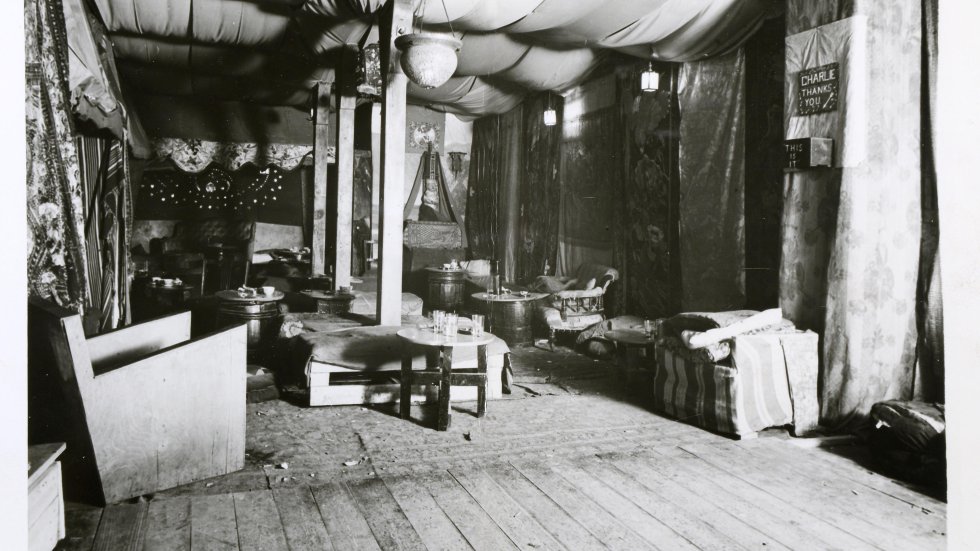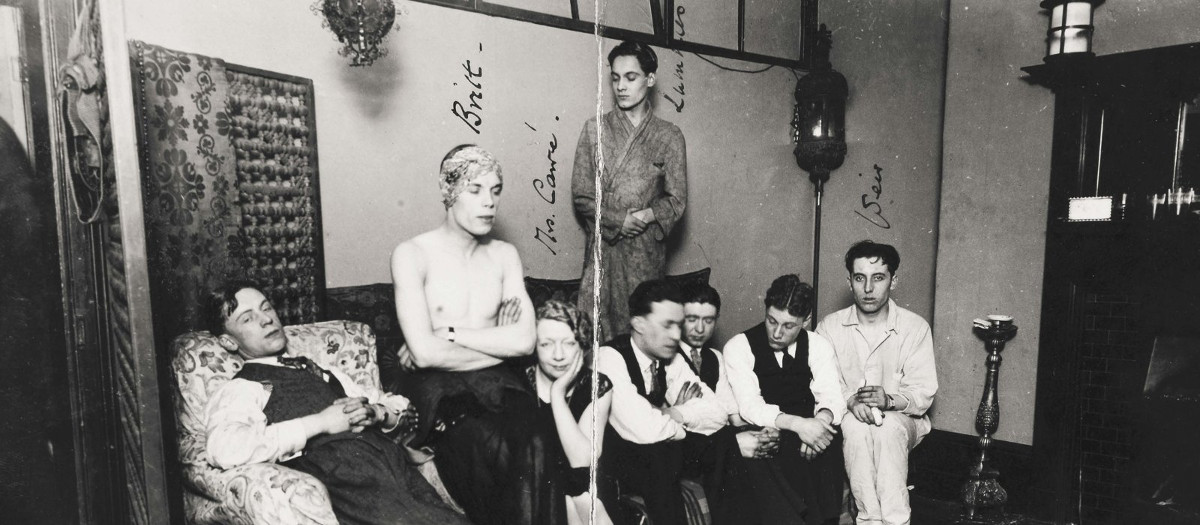
The National Trust recreates a 1930s Gay Club
The Caravan club returns to mark the 50 years since the decriminalisation of homosexuality
When pictures were shot of the Caravan club, in London’s West End in 1934, the photographers did not mean to preserve its interior for the nation’s posterity. Images, police papers and witness statements regarding this gay-friendly members’ club stored in Britain’s National Archives were all taken for legal reasons, as homosexuality was illegal in Britain up until 1967. However, this year the National Archives, working in conjunction with the National Trust, has used those old criminal documents to recreate this short-lived venue, as part of a wider initiative to celebrate and examine gay life in Britain prior to 1967, to mark this partial decriminalisation’s 50th anniversary.

The reopening of the Caravan, "London’s most bohemian rendezvous", according to one of the 1934 club’s members, forms part of a wider programme, Prejudice and Pride, which explores lesbian, gay, bisexual, trans, and queer heritage in an age before the sexual revolution.
The Caravan will be recreated 2-26 March at Freud Café-Bar on London’s Shaftesbury Avenue, a few yards from where the real Caravan once stood. Throughout the month, the National Trust - an institution more commonly associated with country houses - will run daytime tours of Soho’s queer heritage, which includes a trip to the Caravan, while at night the venue will be serving period-correct cocktails, and hosting cabarets, talks and debates.
Police raids will not, thankfully, feature in these re-enactments. However, the following month Tate Britain will stage an accompanying exhibition, Queer Art 1861 - 1967, displaying works by Sargent, Hockney and Dora Carrington among others.
If you find all this as interesting and exciting as us you may want to take a closer look at our great book Art And Queer Culture, the first major historical survey to consider the ways in which the codes and cultures of homosexuality have provided a creative resource for visual artists. You'll find it here.